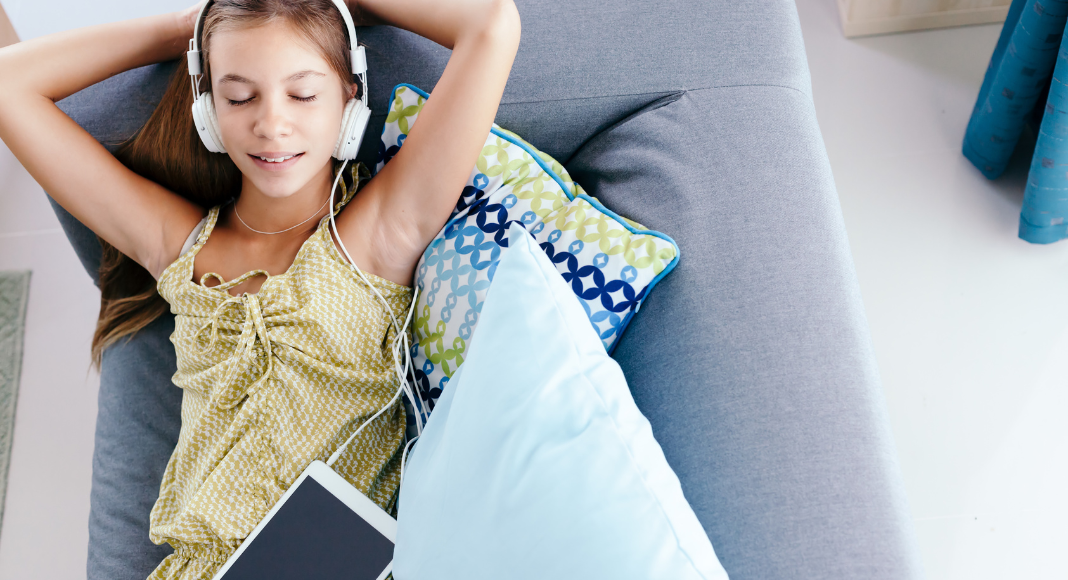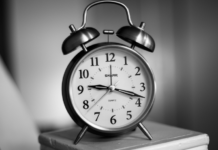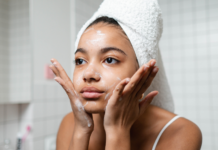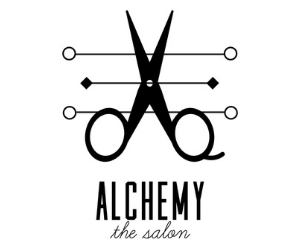 This month, my oldest turns ten. An entire decade old. It’s a big milestone for both of us, and we’ve been doing a lot of talking about growing up. With age comes responsibility, I tell her, as I slowly dole out new freedoms. Independent walks. Sleepovers. The other day she baked a cake entirely on her own.
This month, my oldest turns ten. An entire decade old. It’s a big milestone for both of us, and we’ve been doing a lot of talking about growing up. With age comes responsibility, I tell her, as I slowly dole out new freedoms. Independent walks. Sleepovers. The other day she baked a cake entirely on her own.
They are the steps I remember from my childhood, back when the emergence of adolescence was less a marketing term and more like the turning of the earth. A slow and steady progression from dark to light, an awakening of an identity, helped by a healthy dose of Judy Blume books and The Babysitters Club.
An eighties baby, I was a kid when the word “tween” first made its way into a 1987 article in Marketing and Media Decisions. The introduction of this term had nothing to do with child development and everything to do with targeting a new audience. Young girls.
Target they did. Following my adolescence, tween culture exploded onto the scene with the Mary Kate and Ashley Olsen empire, followed by the emergence of tween brands like Limited Too and Justice. Over the past three decades, the tween market has grown to $43 billion in consumer spending power.
With this growth, the word tween has seeped from the pages of marketing articles into everyday culture. Many think of it as a new phase of childhood, including girls as young as eight.
So it should be no surprise that my daughter is fascinated by “tweenhood.” Many of her friends have celebrated turning ten by getting smartphones or iPads. They stay up late texting, dress in fashions modeled by tween influencers, and use beauty products that used to be reserved for the teen years. None of this is surprising. In the US, 46% of ten-year-olds already own a smartphone.
Gone are the days when adolescence was a slow awakening. Today becoming a tween is like walking into a raging party, a complete sensory overload. I know sometimes my daughter would like to join in.
“I’m double digits now. There’s no denying it. Mom. I’m a tween! Time for smartphones and makeup!” she’ll often say.
And it hurts to shake my head. To say, “Sorry. Those are reserved for teenagers, not tweens.” Being the kid whose parents say no to the party is challenging.
But I can’t help but wonder. Why are we starting this party – with its very adult social hierarchies and expectations – so young?
To answer this question, I turned to the theories of child development experts Jean Piaget and Erik Erikson. According to Piaget, children ages 7-11 are in the concrete operational phase of childhood. This means their thinking is becoming more logical, yet not abstract or hypothetical. According to Erikson, children this age are in the industry versus inferiority stage. This means they are also developing self-confidence by learning to succeed in various sports and school tasks.
It is a time of childhood when kids are learning who they are, what they’re good at, how to accept criticism, and how to think about the world around them. It’s a time when they need to hear praise, receive encouragement, and continue to receive guidance from adults on navigating abstract challenges. They cannot assess risks on their own. They cannot accurately predict danger.
In today’s world, this means that most tweens are still too young to understand the true dangers of social media. The depression, the cyberbullying, the dangerous TikTok challenges. They’re too young to understand that the influencers they follow need their views to sell merchandise and advertising.
Instead, they see the world in front of them and try to make themselves fit, changing how they act, how they look, and how they behave. Research shows the danger of this. According to one study, higher screen time among 9-11-year-olds was associated with a higher risk of suicidal behavior.
The world of tweens is no longer innocent.
It also shortens middle childhood. Today’s younger tweens risk losing years of imaginative play. Unstructured outdoor time. In-person interactions with neighbors and friends. Instead of observing the world around them and deciding who they want to be, tweens are listening to a culture of influencers selling products that tell them who they should be.
I don’t want my children to bend themselves to fit an advertiser’s definition of who they should be. I want them to observe the world, learn what makes them happy, and then fly freely toward the future that suits them best.
This is why we are trying to delay the arrival of tween culture as long as we can. And while that continues to be a daily struggle, I can see the rewards in our ten-year-old’s growing maturity. These days, she still loves gymnastics and history. She also gets excited with new challenges, like baking that cake. And along the way, she’s gaining self-confidence, her steps toward independence reminding me of Erikson and Piaget.
While I know we’ll have to let her into the party one day, for now, we’re enjoying keeping this journey slow. Next up? Dusting off those old Judy Blume books.
























